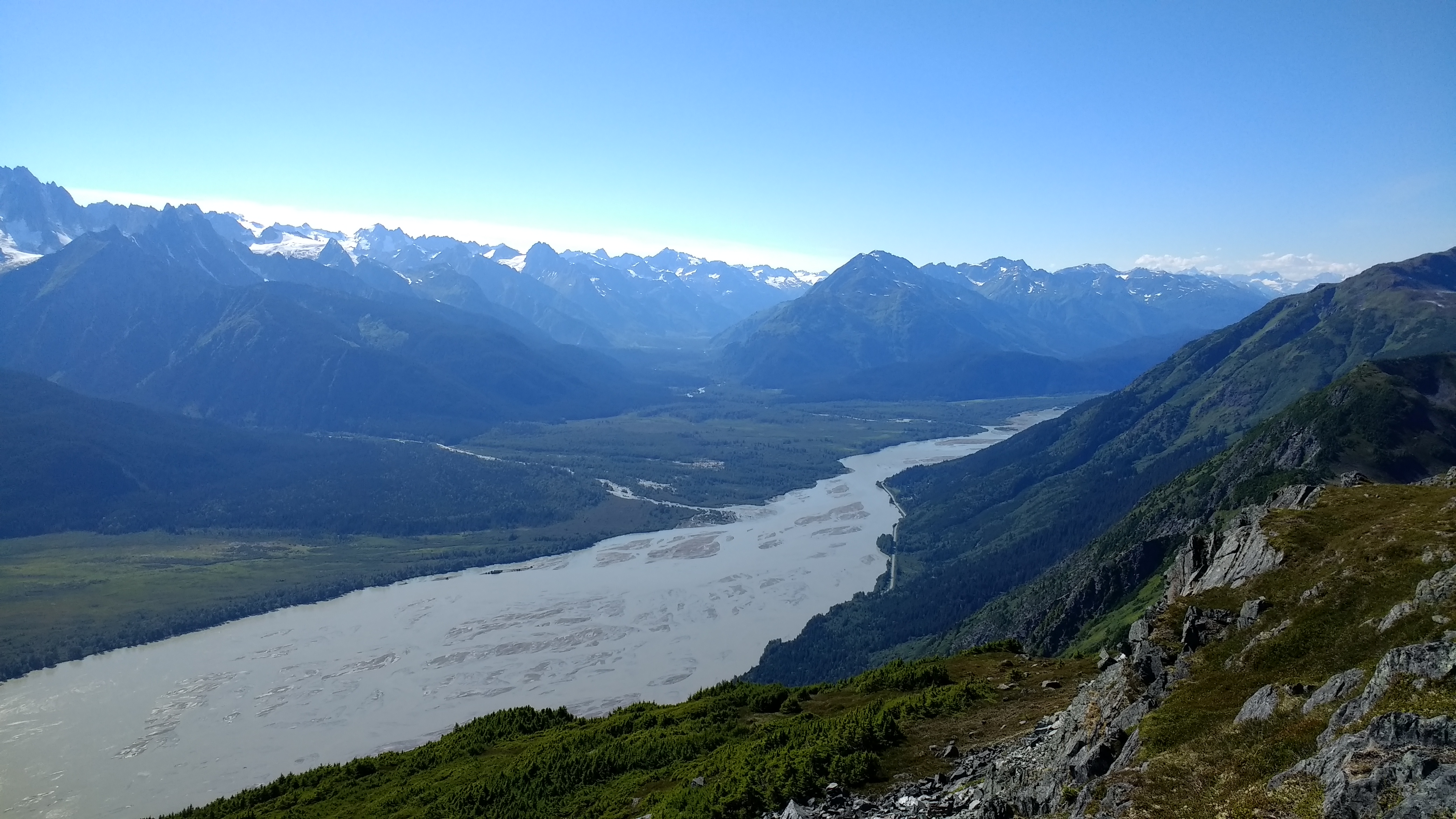
Restrictions on king salmon sport fishing will be lifted soon for most of Southeast, except Haines and Skagway. Sport fishing for king salmon in the region has been nearly non-existent for the last few months. Concerns over alarmingly low numbers prompted the shutdown of king salmon retention for sport and commercial fishermen in August. Conservation worries are still affecting Northern Southeast Alaska.
Starting Oct. 1, the Alaska Department of Fish and Game is reopening sport fishing for king salmon in most of Southeast Alaska.
That means fishermen will soon be able to keep the fish they catch. For the last few months, they’ve had to return them to the water unharmed.
In the Upper Lynn Canal, that’s been the case all summer.
Rich Chapell is an area management biologist with the Alaska Department of Fish and Game in Haines. He says reopening the king salmon sport fishery shouldn’t harm important fish populations.
“Less than 5 percent of the annual sport harvest of king salmon happens after Sept. and through March,” Chapell said. “So, we’re just returning to regional regulations based on the abundance index under the Pacific Salmon Treaty. And we just anticipate very few king salmon are going to be harvested during this winter fishery period.”
After last season, nine out of 11 king salmon systems in Southeast didn’t meet escapement goals.
In initial escapement surveys taken in August, the department found production and productivity of kings was lower than anticipated.
That prompted Fish and Game’s unusual decision to shut down commercial and sport fishing for king salmon throughout Southeast.
In the Haines and Skagway area, Chapell said those restrictions will stay in effect.
“Chilkat Kings are a little bit different than other Southeast king salmon stocks, like the Taku River,” Chapell said. “Because Chilkat kings mainly stay in the inside waters of Northern Lynn Canal during winter. Most of them don’t go out to the Pacific Ocean to rear. So because of that concentration of Chilkat Kings and because of the very low abundance of Chilkat kings we’ve seen in recent years, we’re just being extra conservative here.”
Looking ahead to 2018, Chapell said he expects restrictions to return to sport fisheries in Southeast.
“Based on the extremely low returns to Southeast Alaska King Salmon spawning areas, I expect the abundance index to be quite a bit lower and fishing regulations should be quite a bit more restrictive in all of Southeast Alaska next year,” Chapell said.
But for now, starting Oct. 1, sport fishermen outside of the Upper Lynn Canal can try to harvest kings again. The resident bag and possession limit is two king salmon, 28 inches or greater in length. For non-residents it’s one king salmon, with a limit of three per year.




